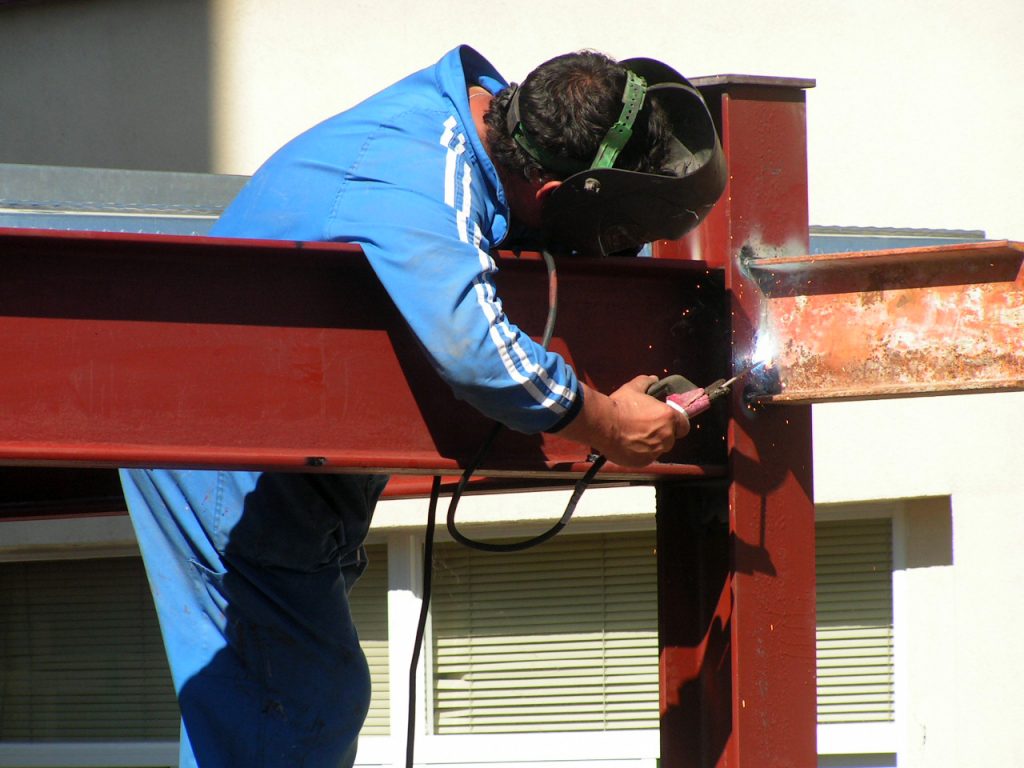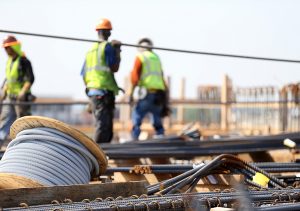Are you aware that the Occupational Safety and Health Administration (OSHA) has teamed up with the Philadelphia (III) region to form an alliance? And the significance of such an alliance? The city of Philadelphia has issued an ordinance (Bill No. 130847-A) that amends Title 4 “The Philadelphia Building Construction and Occupancy Code.” This ordinance affects the entire city of Philadelphia and, more specifically, workers and supervisors in the construction or demolition industries as well as members of the Fire Department. If you are included in this list, the impact of the ordinance and what this means for your future projects are described below, but first, some history behind the impetus of the ordinance.
The Disaster of the Market Street Collapse
On June 5th, 2013, a demolition project was taking place on Market Street in Philadelphia, PA. The vacant, four-story building undergoing demolition was directly adjacent to a Salvation Army thrift store that was open at the time and operating on the ground/basement level.
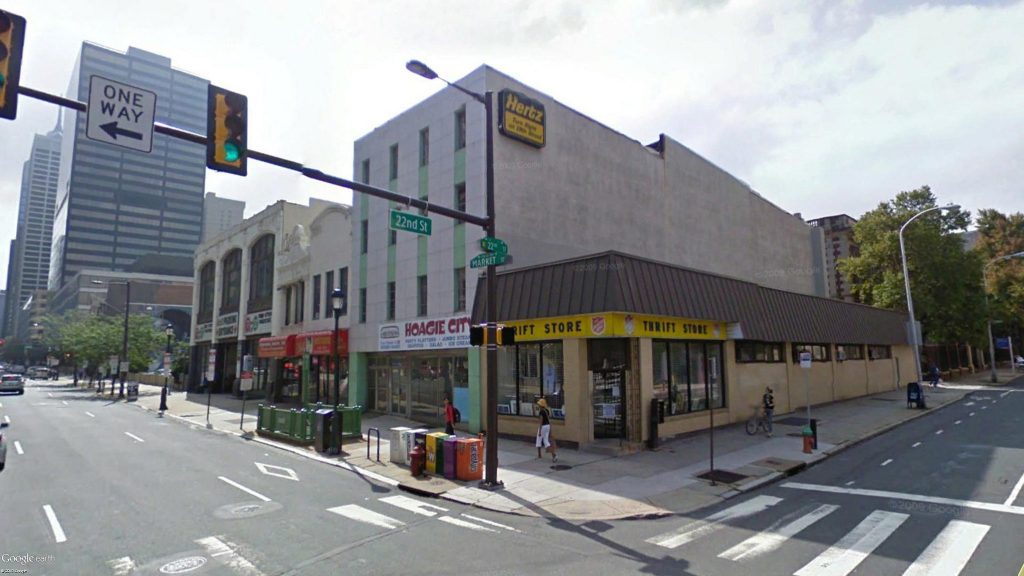
Demolition activities had been taking place for weeks before the day of tragedy. On June 4th, the architect involved with the demolition visited the site and saw a free-standing brick wall next to the Salvation Army. He ordered that the wall be taken down immediately.
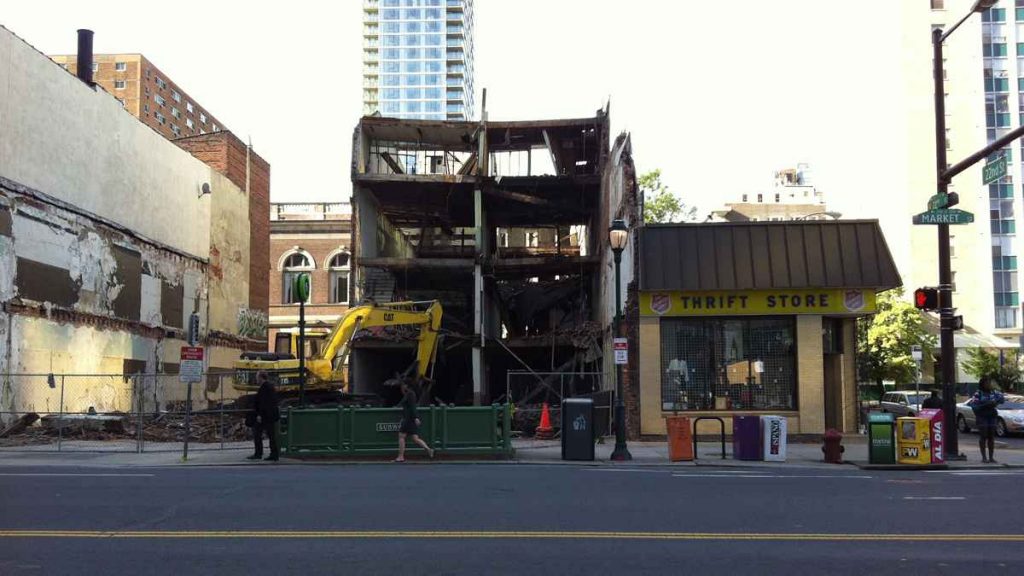
The next morning, disaster struck as the building collapsed onto the Salvation Army building while it was in operation, filled with staff and customers. Six people ended up dying and 13 others were injured, including a 61-year-old woman who was trapped for 13 hours and required amputation of both of her legs. Lawsuits have been filed, with the building owner and others involved in the project under extreme stress and/or fined and jailed due to their negligence, including counts of involuntary manslaughter and reckless endangerment.

The result of this demolition project was not stress-free and a vacant lot ready for new construction — instead, it is death, criminal investigations, ruined reputations and jail time for the participants. Several days after the catastrophe the City Department of Licenses and Inspections inspector, the man responsible for inspecting the demolition site for safety violations, committed suicide in his truck by gunshot.
Six months after the collapse, OSHA outlined the violations committed by the contractors and construction company including three willful violations (the most serious violation a company can commit) resulting in the maximum fine of $70,000. These violations were: failing to prepare an engineering study, failing to follow a basic rule of removing higher floors before lower floors during demolition and removing lateral bracing that supports walls more than one story high (An “egregious” safety breach). Additional citations, including hard-hat violations, incurred further fees bringing the final total to $313,000!
Philadelphia Reacts to Market Street Tragedy
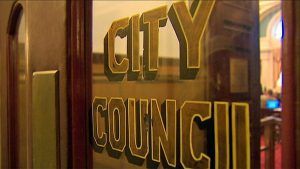 There was no way the city could ignore the disastrous effects, including multiple deaths, of less than rigorous safety standards and requirements regarding demolition projects. Therefore, a new ordinance was put forth by the City Council in February of 2014 that affects everyone in the construction/demolition industry.
There was no way the city could ignore the disastrous effects, including multiple deaths, of less than rigorous safety standards and requirements regarding demolition projects. Therefore, a new ordinance was put forth by the City Council in February of 2014 that affects everyone in the construction/demolition industry.
The new bill amends Title 4 “The Philadelphia Building Construction and Occupancy Code” (Specifically, amends Subcode A: Administrative Code; Subcode F: Fire Code; Subcode PM: Property Maintenance Code). The important points of these new amendments include:
- Battalion chiefs in the Fire Department will now have inspection and enforcement powers for health and safety violations of the Fire Code when found — the issuance of “stop work orders” at a construction or demolition site are permissible and follow the same rules as the City Department
- A mandatory increase in the sharing of information regarding construction/demolition sites between various City Departments
- Fire Department receives every demolition and/or asbestos permit; access to Revenue Department database to ensure taxpayer compliance, etc.
- Establishment of work site public safety requirements that includes required evidence of safety and health training by construction/demolition workers, supervisors, owners and/or managers
- Signage requirements: specific sign design (3/4 inch plywood or sheet metal), black on white lettering plus a separate Project Information Panel is required to be posted onsite — must attract the attention of any passersby
All workers performing duties at a construction/demolition site, regardless of their position, must have completed a safety and health training class approved by the City Department in order to proceed with their work. This requirement has been established to improve the safety of the public as well as the workers themselves. While working, everyone must carry a wallet-sized card as proof that they have completed this training and a sign must be posted at the work site. These courses include either OSHA-10 (workers) or OSHA-30 (independent contractors, site safety managers, supervisors, construction managers, etc.) Construction Outreach training. The OSHA-30 Construction Outreach training is valid for 5 years. A Site Safety Manager with OSHA-30 training must be chosen by the general contractor and present on the work site of a Major Building (a building more than 3 stories in height or more than 40 feet in height or covers 10,000 square feet or more of lot space) at all times during the work day.
The Philadelphia-OSHA alliance has already proven to aid in preventing disasters such as the Market Street Collapse. Through October 1st, 2013 to September 30th, 2014, 65 referrals were given to the OSHA Region III Philadelphia Office from L&I. Approximately 91% of these referrals resulted in an average of 3.5 citations (or violations per visit). In that year, 170 workers were removed from imminent danger.
How Karl Environmental Can Help
As stated above, every worker in Philadelphia, regardless of position, needs safety and health training before beginning their work at the designated work site in order to protect public and worker safety. Due to the Philadelphia-OSHA alliance, an OSHA-10 or OSHA-30 Construction Outreach Training Program is the only training that is approved by the City Council. Luckily, Karl Environmental, located in Reading, PA, offers both of these classes for the Construction Industry!
These classes cover topics such as worker’s rights, awareness training on the recognition, avoidance, abatement and prevention of any construction health or safety hazards and information regarding the top four construction/demolition causes of injury and fatalities as defined by OSHA, etc.
Do not neglect your safety or the safety of others by disregarding the new standards and laws prescribed for workers in the construction/demolition industry. Citations and fines may be the result or even a tragedy similar to the Market Street Collapse. Contact Karl Environmental to reserve your spot or your worker’s spot at an OSHA-10 or OSHA-30 Construction Outreach Training class. Click here for the list of OSHA classes offered by us.

